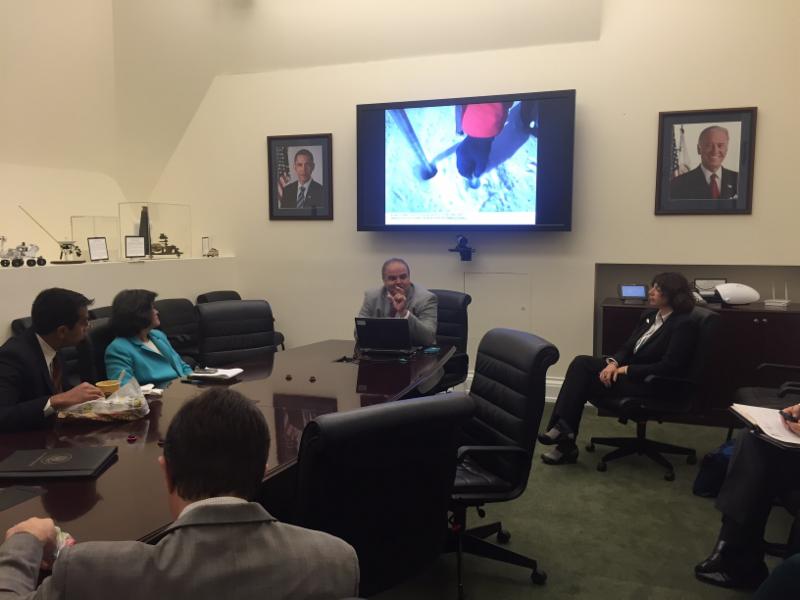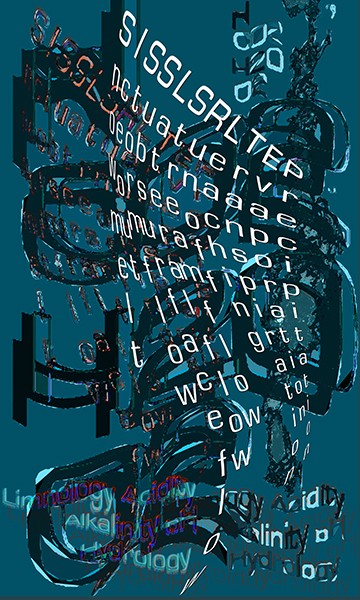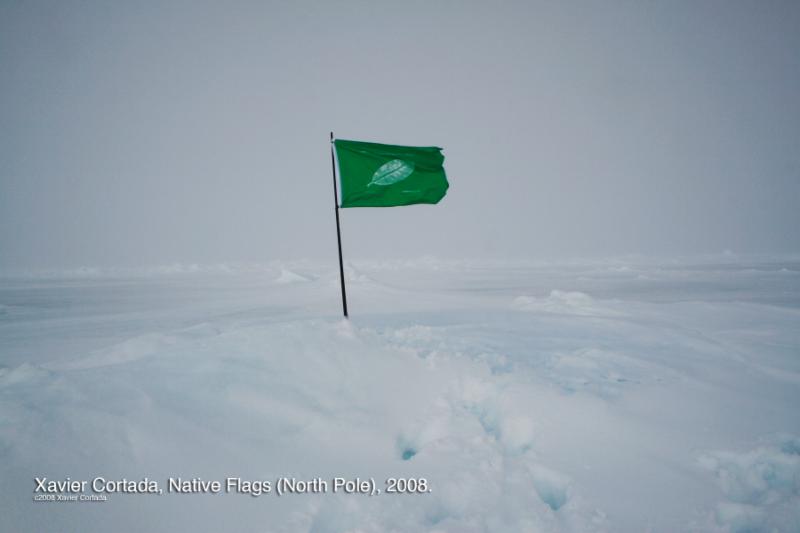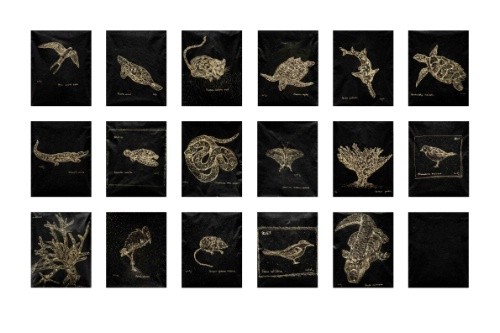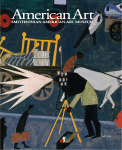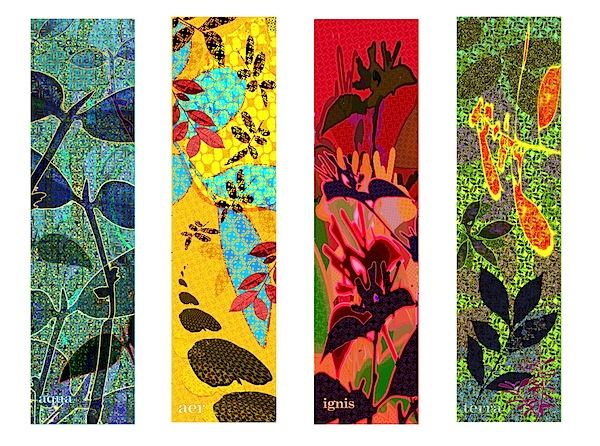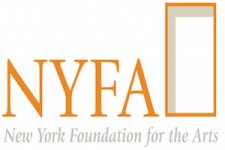Home » Newsletters » 2015 News » April 2015 Newsletter

White House
Cortada delivers Art-Science Talk at White House Office of Science and Technology Policy
On April 14th, 2015, Xavier Cortada visited the White House to deliver a presentation to the White House Office of Science and Technology Policy (OSTP) on his use of art to engage science, scientists and the broader community.
Cortada discussed methods he has developed in his artistic practice to inform and engage communities on important environmental concerns, including works addressing biodiversity loss (Biscayne National Park and Miami Science Museum), global climate change (NSF Antarctic residency) and sea level rise (FIU Florida Coastal Everglades LTER).
Cortada also shared how his art-science collaborations have celebrated the role of science in society (CERN/Higgs boson), integrated scientists into broader community conversations (Hubbard Brook LTER/Watershed) and invited the community to participate in science projects (FIU College of Medicine/DNA sequencing).
Prior to the talk, Cortada –joined by FIU Professor Evelyn Gaiser, his science collaborator– met with the president’s Science Advisor, Dr. John Holdren, in his office. Cortada urged Holdren to integrate the arts into American science: Scientific research can be enhanced by adding artistic perspectives to the problem-solving equation.
Oklahoma: National Weather Center Biennale
National Weather Center Biennale
“Wind Words:” On July 26th, 2012, Cortada met scientists at an overlook on the Kancamagus Highway and read their scientific articles to the four winds (the four corners of the Earth).
Through this performative art work, Cortada sought to honor the Hubbard Brook researchers who study this forest’s soils, water, vegetation and wildlife and develop knowledge that has a global impact. The artist also wanted artists to bring science to the broader community: By having scientists come out of their labs and speak their words to the wind they were conceptually sharing their work beyond the pages of refereed research journals and across the Earth where their research also matters.
Cortada also wanted to shed light on the issue that a growing sector of our society question and deny science. The artist used this piece to air out those concerns.
Pinecrest: Pinecrest Gardens Gallery
Torrid Flora
Miami-Dade County Public Schools: Earth Day
Native Flags: 6th Annual reforestation in EVERY public school in Miami-Dade County
Key Largo: Gallery at Kona Kai
Saving the Seagrasses:
Littoral Creatures
Ontario: McMichael Canadian Art Collection
Vanishing Ice: Alpine and
Polar Landscapes in Art, 1775 – 2012
The exhibit features Cortada’s “Astrid” ice painting; read about it below:
The University of Chicago Press on behalf of the
In 2007 the Miami-based artist Xavier Cortada produced Astrid, a small abstract painting consisting of liquid splotches of blue pigment in a grainy, grayish-white field on paper (fig. 1). The work recalls postwar expressionism of the New York School or later post-painterly abstraction, but such associations only scratch the surface of the picture’s meaning. The more we learn about the artist, his materials, and the context of production, the more we recognize this to be a work of our time, even as it gestures to the past and future. Cortada created Astrid at McMurdo Station, the U.S. Research Center on Ross Island, Antarctica, during a National Science Foundation Antarctic Artists and Writers Fellowship in 2006-7. The picture belongs to a series of mixed-media Ice Paintings that he produced there using ice and sediment samples from the nearby Ross Sea and Dry Valleys of West Antarctica provided by scientists studying climate change. The painting’s title, Astrid, refers somewhat counterintuitively to the King Leopold and Queen Astrid Coast, located far away along the eastern shore of Antarctica. According to the artist, he chose titles for works in this series “by randomly selecting the names of geographic features from a map of the continent that inspired their creation.” Randomness aside, Cortada has asserted unambiguously his environmentalist belief that human beings are “custodians of the planet who should learn to live in harmony with nature.”1
Currently artist-in-residence at Florida International University, Cortada exemplifies the cultural and ecological transnationalism of the twenty-first century. In addition to producing work on commission for the White House, the World Bank, and numerous public collections in Florida, he has collaborated with artists around the world, creating eco-art projects in the Netherlands, Latvia, and Hawai’i, peace murals in Cyprus and Northern Ireland, AIDS awareness murals in Geneva and South Africa, and child welfare murals in Bolivia and Panama. Cortada is an American artist but also self-consciously a citizen of the planet. He describes his most recent series, Ancestral Journeys, a collaborative project with the National Geographic scientist Spencer Wells, as “work that uses genetic data to explore how nature influenced human migration and history,” specifically regarding the various pathways that today’s residents of the Western Hemisphere took from Africa sixty thousand years ago. His point here is that “Perceived differences among people [have] often allowed for exploitation, marginalization, segregation and alienation. Inside our DNA we carry genetic markers that prove that we share the same ancestors and are one human family.”2
Returning to Astrid with Cortada‘s eco-cultural sensibility in mind, we can better appreciate how topical nuances of meaning inflect the work’s evocation of earlier expressionism. For one thing, the Antarctic materials and production site bring to mind recent reports of polar ice melt associated with global warming. Such reports have appeared since the 1970s, but in May 2014 Eric Rignot, a UC-Irvine glaciologist, announced at a NASA news conference: “Today we present observational evidence that a large sector of the West Antarctic ice sheet has gone into irreversible retreat. . . . It has passed the point of no return.” As a result, the world ocean level could rise as much as four feet within the next two centuries, forcing the displacement of millions of people from coastal areas around the globe.3
This may seem like a lot for one small painting to address, but Astrid does so at multiple registers. It creatively conjures the aerial maps and satellite images that scientists such as Rignot use to represent the increasingly unstable environment of Antarctica-a continent whose glacial disintegration has global consequences. Areas of white lightly stained with blue in Cortada‘s work metaphorically suggest continental “landmarks” like the Thwaites Ice Shelf or Pine Island Glacier Basin, which lately have begun to collapse into the ocean. Viewed in terms of materiality instead of metaphor or representation, Astrid functions as a token or specimen of a place undergoing irrevocable change wrought by human actions elsewhere-especially actions associated with Western modernity since the Industrial Revolution. As the artist informed us:
With the ice paintings, I wanted to melt the very ice that threatened to (melt and) drown my city [Miami]. The work, beautiful and serene, would be a precursor of horrors to come. . . . I melted the ice on paper to create the works, adding paint and sediment. The works were made in Antarctica, about Antarctica, using Antarctica as the medium (provided to me by the very researchers who inform us about Antarctica).4
With its expressive abstraction, Astrid recalls the heroic dynamism of American art about 1950, at the apogee of U.S. cultural modernism and military power, but its aqueous sensibility also suggests the dissolution of those human institutions amid global climate disruption-to which Americans until recently have contributed more than any other people. This interpretation takes on added significance in light of the growing scientific consensus that Earth has entered a new geological epoch, the Anthropocene, distinguished from the preceding Holocene by the fact that humans since the nineteenth century have become the primary drivers of environmental change on a planetary scale. In describing this historic development, scientists associate the post-World War II period with a “Great Acceleration” of anthropogenic transformation.5
Cortada‘s Astrid provides a fitting introduction to these issues and this series of commentaries, highlighting the significance of ecology as a key concern not only in American art today but also as a defining idea in the history of modernity writ large-an idea whose comprehension demands our acceptance of environmental change as an irrevocable fact of life.
Please make your charitable donations to the New York Foundation for the Arts, fiscal sponsor of Xavier Cortada’s Participatory Eco-Art Projects, and help engage audiences in addressing global climate change concerns.
